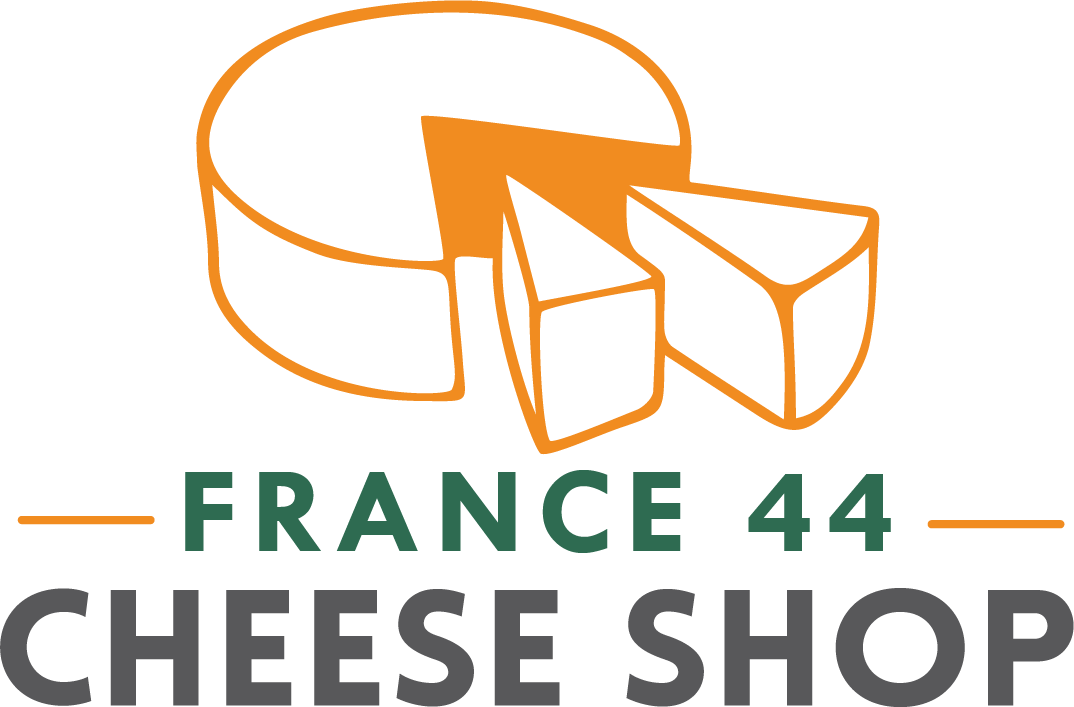by Austin Coe Butler
Queso del Invierno, or simply, Invierno, is Vermont Shepherd’s “winter cheese” as its Spanish name suggests. But while it is a “winter cheese,” it is firmly rooted in the summer months. Long before Yesenia Ielpi met David Major, she would spend her childhood summers milking cows on her father’s farm in the Dominican Republic. Invierno is a nod to those summers spent in the Dominican Republic, but also, as a cow and sheep mixed milk cheese, the unification of the Ielpi and Major family.
This semi-firm cheese is made of mostly Jersey cows’s milk from Ranney Ridge Farm, a small organic dairy farm just down the road from Vermont Shepherd. I’ve written previously of the challenges of milking sheep in our posts on Vermont Shepherd’s Verano and Landmark Creamery—sheep only produce a small volume of milk for five or six months during the winter and spring and are weary of being milked. The majority of Vermont Shepherd’s sheep’s milk goes to making their celebrated Verano, leaving just enough of this precious milk to add to Invierno.
Invierno is a winter cheese because, while it is made during the summer, it is ready to be eaten during the early winter after five months, and continues to ripen and age through the long Vermont winter in the cave the Majors excavated and built themselves. The cheese easily ages up to 9 months.
Whereas Verano is nutty with a lovely red fruit streak of strawberries and cherries running through it, Invierno has a richer, tangier, more savory flavor with a paste that is a lovely golden straw color indicative of Jersey milk. In contrast to Verano’s granular texture, Invierno has fudgy texture that is deeply satisfying to sink your teeth into. It pairs nicely with a big Cabernet on a cool evening or sessionable beers like a Pilsner or Pale Ale for warm afternoons. It is the perfect cheese to enjoy outdoors on a picnic or in the backyard alongside the grill as we finally move into spring after our own long winter.
